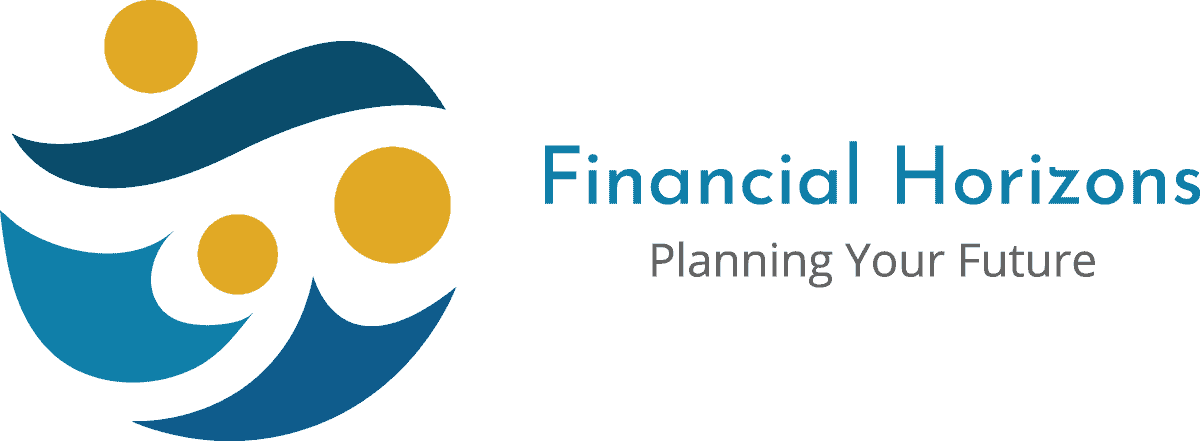It’s September and spring is here, providing a welcome lift in spirits. After some spectacular performances by our athletes at the recent Tokyo Olympics and Paralympics, hopefully you are inspired to achieve some personal goals of your own.
August provided mixed economic news, with central banks, business and consumers remaining cautious. In a widely-reported speech, US Federal Reserve chair, Jerome Powell said there remained “much ground to cover” before he would consider lifting interest rates, sending stocks higher and bond yields lower.
In Australia, shares and shareholders were boosted by a positive company reporting season. According to CommSec, of the ASX200 companies that have reported so far, 84% reported a profit in the year to June, 73% lifted profits and dividends were up 70% to $34 billion. One of the COVID “winners” is the construction sector. While the value of construction rose 0.4% overall in the year to June, the value of residential building was up 8.9% and renovations rose 24.5%, the strongest in 21 years. One of the COVID “losers”, retail trade was down 3.1% in the year to June.
While unemployment fell from 4.9% to 4.6% in July, full-time jobs and hours worked were lower due to the impact of lockdowns. The Westpac-Melbourne Institute index of consumer sentiment fell 4.4% in August while the NAB business confidence index fell 18.5 points in July, the second biggest monthly decline since the GFC. Wages grew 1.7% in the year to June, well below the 3% the Reserve Bank wants before it considers lifting interest rates.
Iron ore prices fell 18% in August, while the Aussie dollar finished the month weaker at US73.2c.

